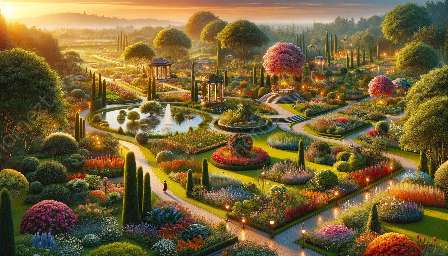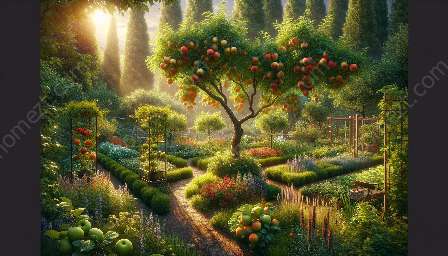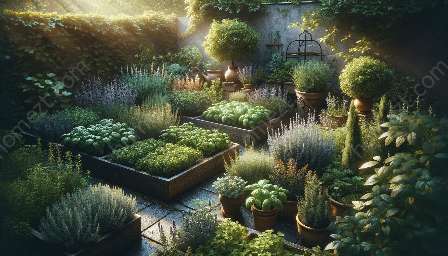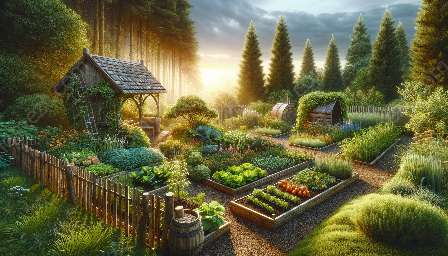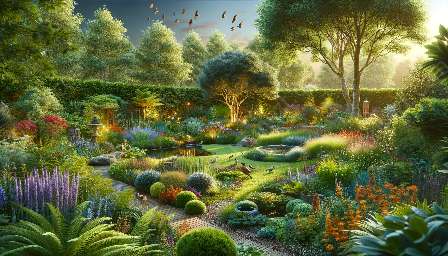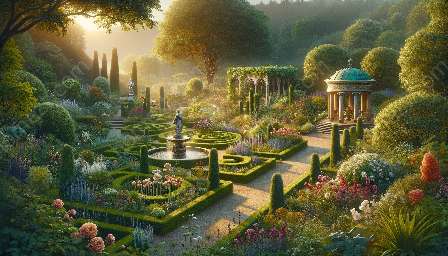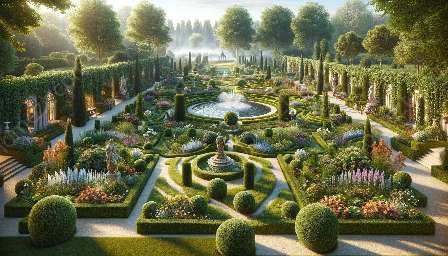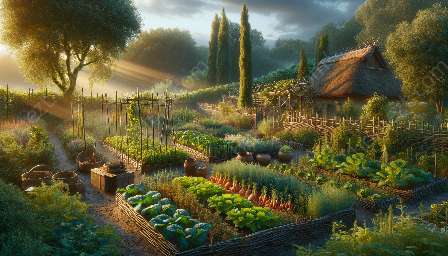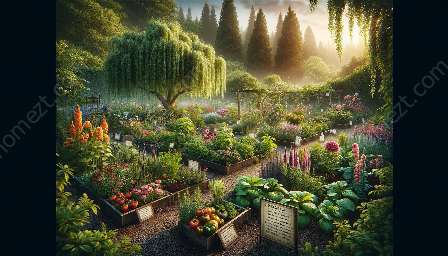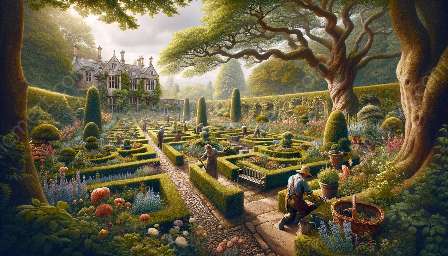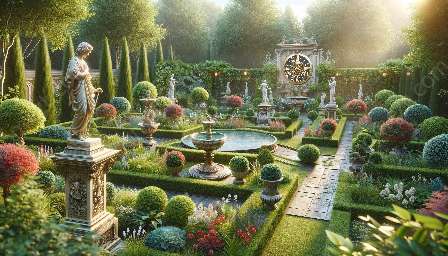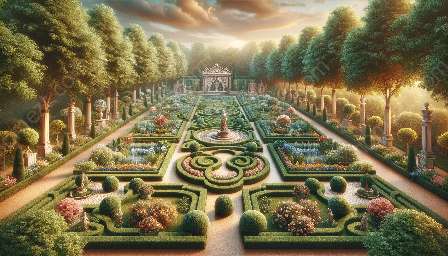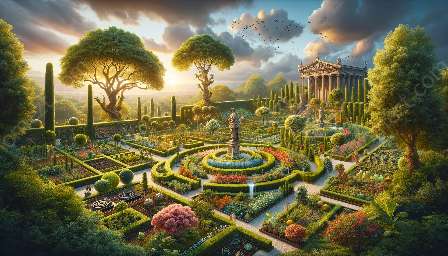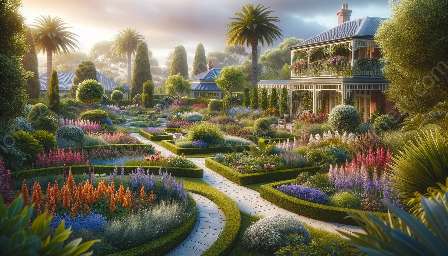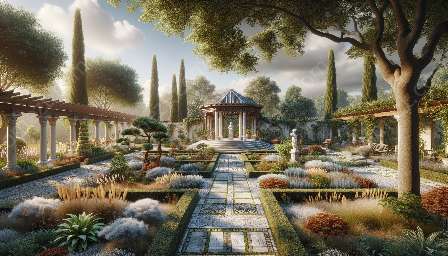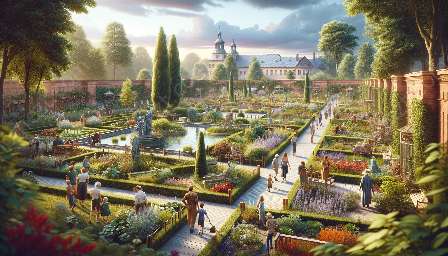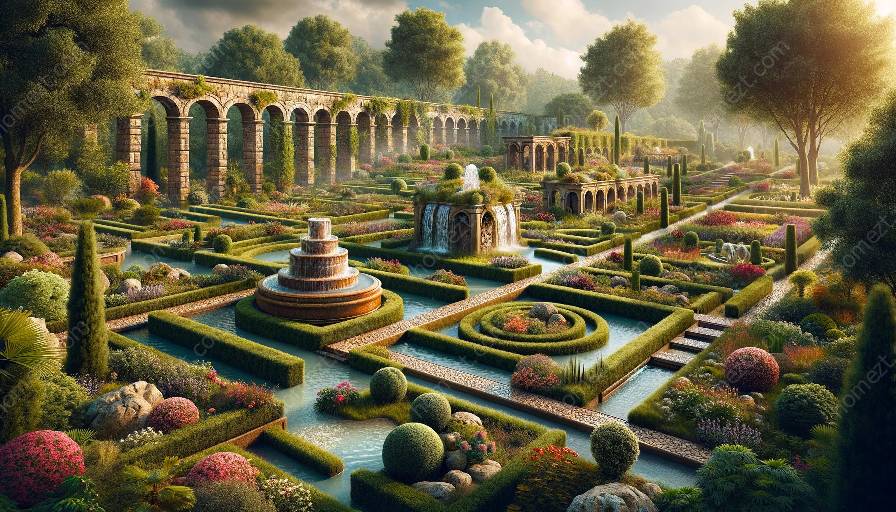Throughout history, human civilizations have developed ingenious irrigation systems to support agriculture and nourish gardens. These historical irrigation methods have left a significant legacy, shaping heritage gardening and influencing modern landscaping practices.
The Origins of Historical Irrigation Systems
Early civilizations such as the ancient Egyptians, Mesopotamians, and Indus Valley inhabitants pioneered early forms of irrigation using canals, ditches, and clay pots to divert and store water for their agricultural needs.
One of the most remarkable examples of historical irrigation is the qanat system, an underground channeling method developed by the Persians, which revolutionized water supply in arid regions.
Heritage Gardening and Historical Irrigation
Historical irrigation systems have profoundly impacted heritage gardening, allowing ancient civilizations to create lush and productive gardens in diverse landscapes.
By understanding and integrating historical irrigation techniques, heritage gardening enthusiasts can emulate the verdant beauty of ancient gardens and preserve traditional horticultural practices.
Relevance to Modern Gardening and Landscaping
The principles behind historical irrigation systems continue to influence modern gardening and landscaping approaches, inspiring sustainable water management and ecologically sound designs.
By exploring historical irrigation systems, gardeners and landscaping professionals can draw inspiration from the resourcefulness of ancient civilizations and apply creative solutions to contemporary environmental challenges.
Preserving and Celebrating Historical Irrigation Heritage
As we reflect on the cultural and environmental significance of historical irrigation systems, it is crucial to acknowledge and preserve these heritage practices for future generations.
By integrating historical irrigation knowledge into heritage gardening and landscaping, we honor the ingenuity of our ancestors while fostering sustainable, resilient, and captivating outdoor spaces.

